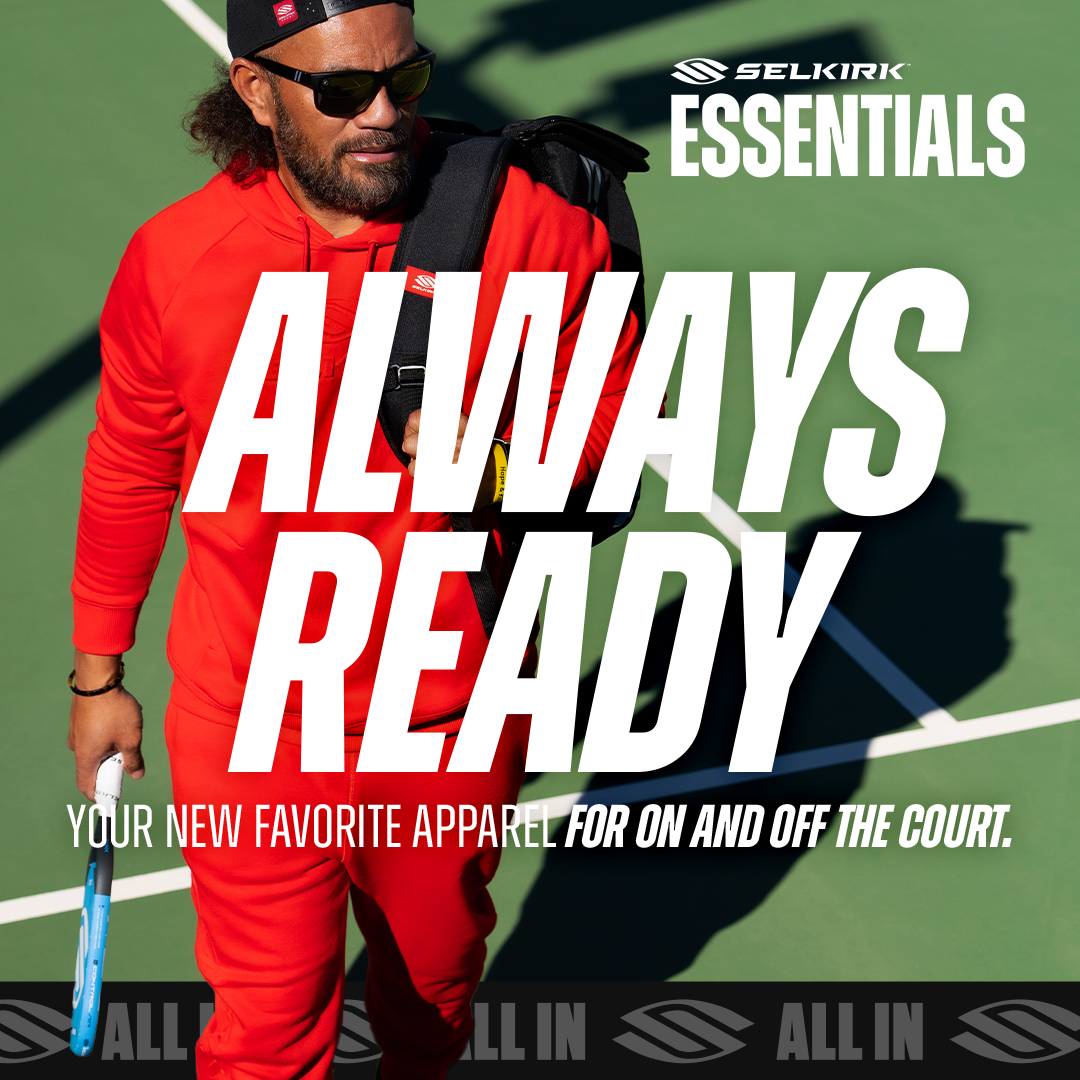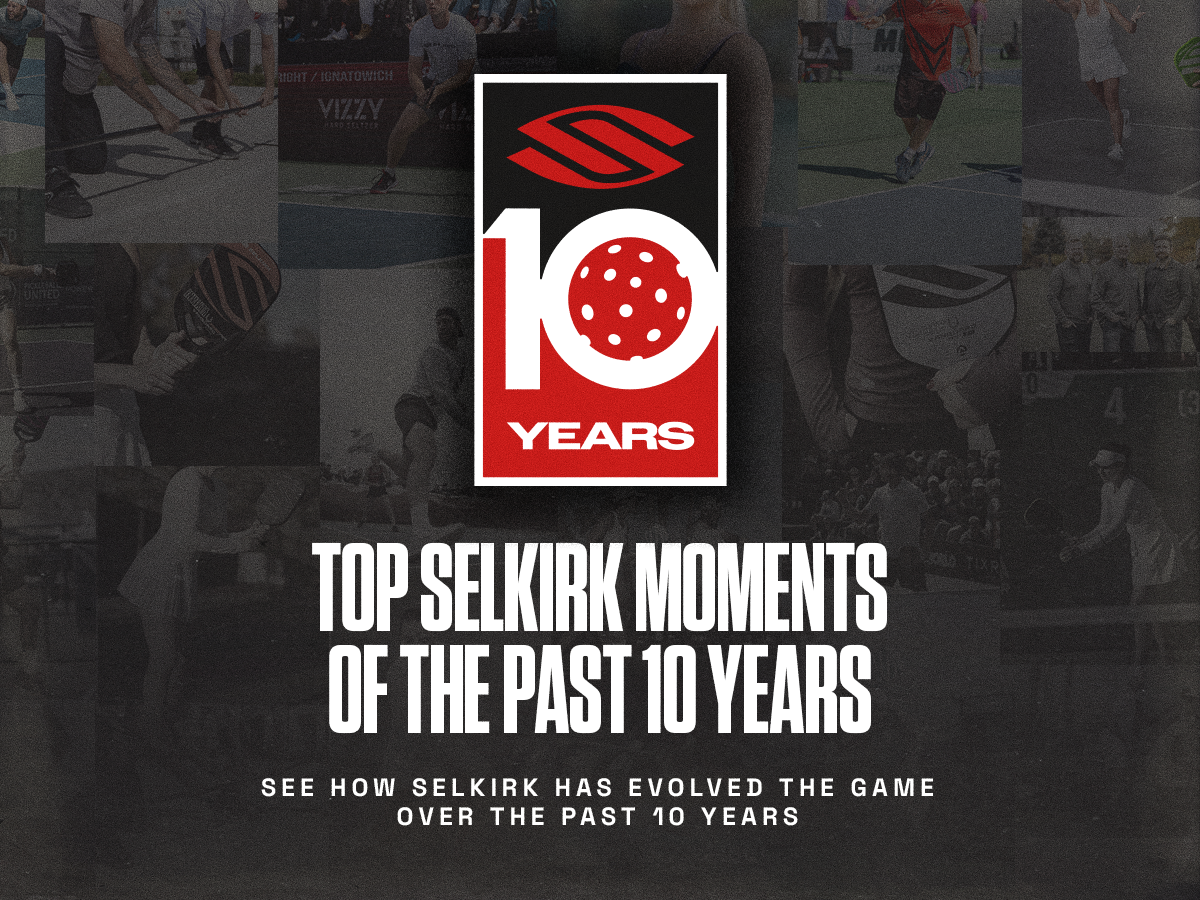
Effective communication is crucial in all areas of life, and the pickleball court is no exception. Many players, however, tend to go silent during matches.
To excel in doubles play, it's essential to communicate clearly with your partner, ensuring you're both aligned on every shot.
In the latest episode of her “How to Crush your Friends on the Pickleball Course” course on Selkirk TV, professional pickleball team owner Kaitlyn Kerr shares tips for effective communication.
Partner communication for coverage of the middle
One of the most contentious shots in pickleball occurs when a ball is hit down the middle line. This can lead to frustration and miscommunication between partners. To avoid this, it's important to know who is responsible for covering the middle.
Typically, the player on the left side of the court is right-handed, making their forehand dominant in the middle. In this scenario, the left-side player should cover the majority of the middle balls, even if they need to move past the middle line.
The right-side player should be comfortable covering about 25% of the court while the left-side player covers the rest. Flexibility is key, and communication is crucial.
If the left-side player can't reach a ball, they should immediately inform their partner by saying "you," allowing the right-side player to step in. Similarly, if the right-side player is set for a strong backhand shot, they can say "me" to signal their partner to back off. When both partners call for a ball, priority should be given to the forehand player.
Communication for close line calls
Determining whether a ball is in or out can be challenging during intense moments. Partners not currently involved in the play usually have a better perspective to make this call.
Practice using simple phrases to guide your partner's actions:
- Go: Tells your partner to hit the ball.
- Out: Alerts your partner to avoid hitting the ball, allowing it to sail off the court.
- Bounce it: Instructs your partner to let the ball drop, preparing to hit it if it lands inside the court.
- Watch: Tells your partner that you hit a high ball. They should back up and prepare to receive a volley.
Other situations that need strong communication on the pickleball court
While over-communication can be cumbersome, it's essential to communicate in specific scenarios, such as:
- Slow roll over the net: If a ball lands close to the net and your partner has a better chance of reaching it, yell "go" and position yourself to cover the rest of the court.
- Drop volley: When at the baseline and opponents execute a drop volley, one of you needs to move swiftly toward the net. Call "go" if you want your partner to take it or "mine" if you'll chase it. The other partner should stay back to cover the next shot.
- Lob shot: If an opponent lobs the ball over the shorter player, their partner might need to chase it down. Use "mine" or "yours" to avoid collisions and ensure clear roles.
How to practice your communication
To develop good communication habits, practice being vocal during games. Call every ball and learn each other's preferences.
Over time, this will reduce the need for constant talking, though communication remains vital for tricky shots so that you can crush your friends on the pickleball court.
Download the Selkirk TV app HERE to watch the complete episode and many other Selkirk TV original shows, podcasts, lesson series from the pros, and much more.
























































